Home>diy>Architecture & Design>How To Design An Off-The-Grid House
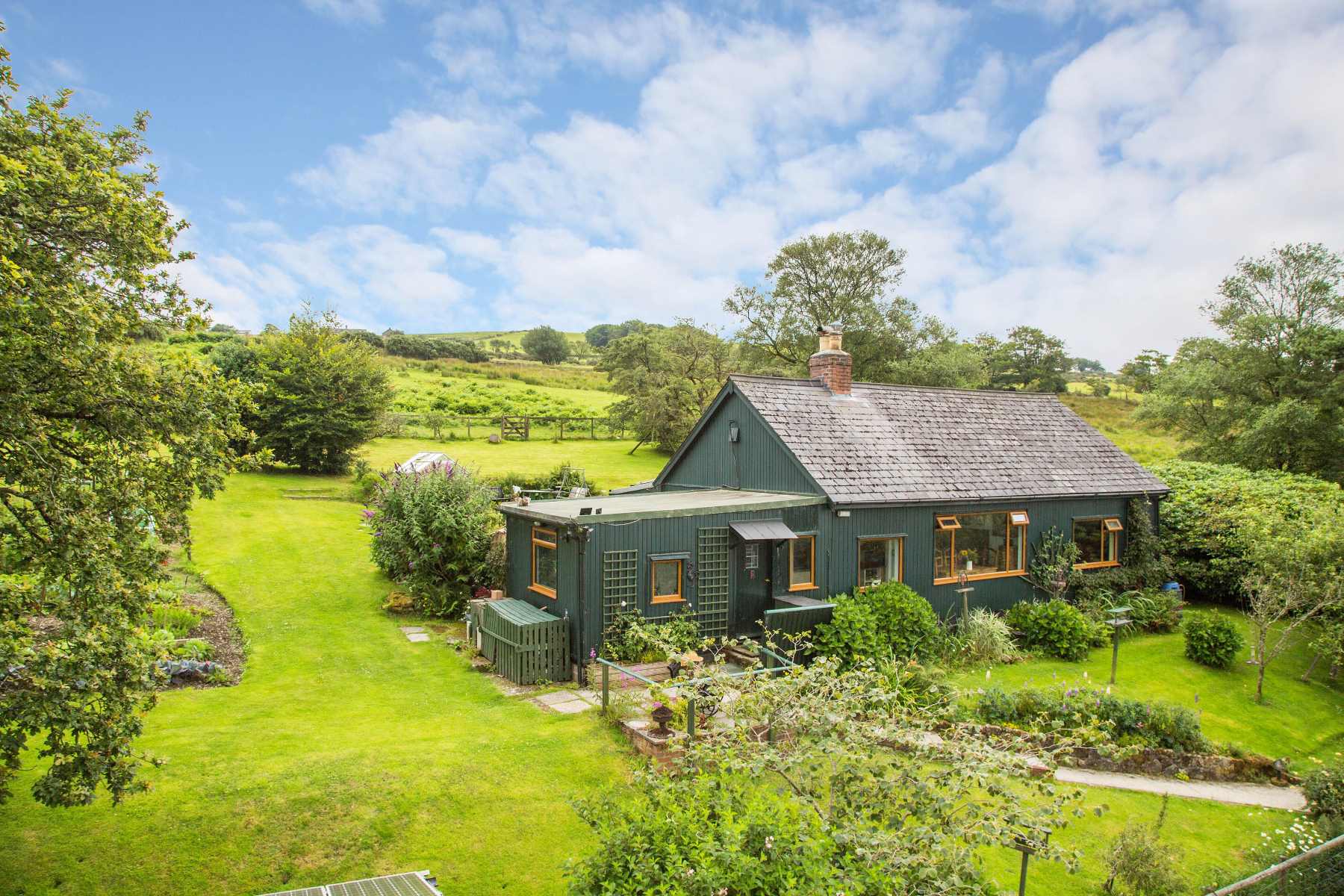

Architecture & Design
How To Design An Off-The-Grid House
Modified: January 24, 2024
Learn how to design your own off-the-grid house with our comprehensive guide. Explore the principles of architecture design and create an eco-friendly home.
(Many of the links in this article redirect to a specific reviewed product. Your purchase of these products through affiliate links helps to generate commission for Storables.com, at no extra cost. Learn more)
Introduction
As the world becomes more conscious of the environmental impact of traditional housing, the concept of off-the-grid houses has gained traction. An off-the-grid house refers to a dwelling that is self-reliant and operates independently from public utility services such as electricity, water, and sewage systems.
Designing an off-the-grid house involves careful consideration of various factors, including site selection, energy sources and systems, water supply and treatment, waste management solutions, and sustainable materials and construction methods. By embracing these principles, homeowners can not only reduce their ecological footprint but also enjoy greater self-sufficiency and cost savings over the long term.
In this article, we will delve into the fascinating world of off-the-grid house design. We will explore the intricacies involved in creating a sustainable and self-sufficient living space, from site selection and energy systems to water conservation strategies and building codes.
Whether you are an architecture enthusiast, an aspiring homeowner looking to build an off-the-grid house, or simply intrigued by sustainable living, this article will provide valuable insights on how to design an off-the-grid house that harmonizes with the environment while providing the comforts of a modern home.
So, if you are ready to embark on a journey towards sustainable living, let’s dive into the world of off-the-grid house design and discover how to create a home that is in harmony with nature.
Key Takeaways:
- Embracing sustainable practices and renewable energy sources, off-the-grid houses offer a self-sufficient and eco-friendly living experience, reducing reliance on traditional utilities and minimizing environmental impact.
- Careful consideration of building codes, permit requirements, and financial planning is essential for successful off-the-grid house design, ensuring compliance, long-term sustainability, and a deeper connection with the environment.
Understanding Off-The-Grid House Design
Before delving into the specifics of off-the-grid house design, it is crucial to understand the underlying principles that govern this unique approach to sustainable living.
An off-the-grid house aims to minimize or eliminate reliance on public utilities such as electricity, water, and sewage systems. This self-sufficiency is achieved by implementing renewable energy sources, efficient design strategies, and sustainable practices.
The design of an off-the-grid house revolves around four core elements:
- Energy Sources and Systems: Off-the-grid houses typically rely on renewable energy sources such as solar power, wind turbines, and hydroelectric systems to generate electricity. These energy sources are harnessed through on-site installations, allowing homeowners to generate their own power and reduce dependence on the grid.
- Water Supply and Treatment: Off-the-grid houses often rely on rainwater harvesting systems to collect and store water. Advanced filtration and treatment systems are then used to ensure the water is potable. By utilizing these systems, homeowners can reduce the strain on natural water sources and minimize their water consumption.
- Waste Management Solutions: Off-the-grid houses prioritize sustainable waste management practices. This includes implementing composting toilets, graywater recycling systems, and efficient waste disposal methods. By minimizing waste generation and maximizing recycling and reuse, homeowners can minimize their impact on the environment.
- Sustainable Materials and Construction Methods: The construction of an off-the-grid house employs sustainable materials and eco-friendly construction techniques. This includes using locally sourced materials, utilizing recycled materials, and implementing energy-efficient insulation and building systems. By prioritizing sustainability throughout the construction process, off-the-grid houses can reduce their embodied energy and environmental impact.
Understanding these core elements will serve as a foundation for designing an off-the-grid house that is both environmentally friendly and self-sufficient. By carefully considering each of these elements, homeowners can create a harmonious living space that reduces the strain on natural resources while providing a comfortable and sustainable lifestyle.
In the following sections, we will explore each of these elements in detail, providing practical insights and tips on how to incorporate them into the design of your off-the-grid house. From site selection and energy efficiency to water conservation and sustainable materials, we will guide you through the essential considerations for designing an off-the-grid house that meets your unique needs and contributes to a greener future.
Site Selection and Assessment
Choosing the right location for your off-the-grid house is a critical step in the design process. The site should offer optimal conditions for harnessing renewable energy, have access to water sources, and provide a sustainable environment for living.
Here are some key factors to consider when selecting and assessing a site for your off-the-grid house:
- Solar Exposure: Ensure that the site receives ample sunlight throughout the year. This is essential for maximizing the efficiency of solar panels and other solar energy systems.
- Wind Conditions: Determine the prevailing wind direction and assess the potential for harnessing wind energy. Installing wind turbines in areas with consistent wind patterns can provide additional electricity generation.
- Water Availability: Evaluate the availability of water sources on the site. Look for nearby rivers, streams, or underground water sources that can be utilized for water supply.
- Soil Quality: Assess the soil quality and stability to ensure it can support the construction of your off-the-grid house. Some soil types may require additional measures for foundation stability.
- Topography: Examine the site’s topography to determine the best placement of your off-the-grid house and ensure proper drainage. Avoid areas prone to flooding or landslides.
- Vegetation: Consider the existing vegetation on the site and any potential impacts on the access to sunlight or potential shading of solar panels. Preserve and work with the natural landscape as much as possible.
- Accessibility: Assess the accessibility of the site in terms of roads, infrastructure, and proximity to necessary amenities. It’s important to strike a balance between seclusion and convenience.
In addition to these factors, it is also important to be aware of any zoning regulations or building codes that may affect the design and construction of your off-the-grid house. Research local regulations and consult with authorities to ensure compliance with all requirements.
Once you have selected a site, it is recommended to conduct a comprehensive assessment of the land and its resources. This may include analyzing the solar potential using tools such as solar irradiation maps, conducting water quality tests, and consulting with experts to evaluate the feasibility of implementing renewable energy systems.
Remember, site selection is crucial for the long-term success of your off-the-grid house. Taking the time to carefully evaluate and assess potential sites will ensure that your home can effectively harness renewable energy, utilize water resources, and create a sustainable living environment.
Energy Sources and Systems
One of the fundamental pillars of off-the-grid house design is the integration of renewable energy sources and systems to generate electricity. By harnessing clean and sustainable energy, homeowners can reduce their reliance on traditional power grids and minimize their carbon footprint.
Here are some key considerations when it comes to selecting energy sources and systems for your off-the-grid house:
- Solar Power: Solar energy is one of the most popular and accessible sources of renewable energy. Installing solar panels on your off-the-grid house can capture sunlight and convert it into electricity. Depending on your location and energy needs, you can opt for a grid-tied system with battery storage or an off-grid system that solely relies on solar power.
- Wind Turbines: If your site experiences consistent wind patterns, installing wind turbines can be an effective way to generate electricity. Wind turbines convert the kinetic energy from the wind into electrical energy, which can be stored in batteries or used directly to power your home.
- Hydroelectric Systems: If you have access to a flowing water source such as a river or stream on your property, a small-scale hydroelectric system can be a viable option. Harnessing the energy from flowing water can generate consistent power, especially in areas with reliable water flow.
- Biomass: Biomass systems utilize organic materials such as wood pellets, agricultural waste, or biogas to generate heat and electricity. This option is particularly suitable for homes in rural areas with ready access to biomass resources.
- Geothermal: Geothermal systems harness the constant temperature of the Earth to provide heating, cooling, and electricity. These systems are more commonly used for heating and cooling purposes and may require specific geological conditions.
When designing your off-the-grid house, it’s essential to assess your energy needs and choose the right combination of energy sources and systems to meet those requirements. Consider factors such as climate, location, available resources, and your desired level of energy independence.
In addition to choosing the right energy sources, energy storage systems are crucial for ensuring a continuous power supply. Battery banks are commonly used to store excess energy generated during peak production times, which can then be tapped into during low production periods or at night. It’s important to size your battery storage appropriately to meet your energy needs.
Integrating a monitoring and control system into your off-the-grid house can also help maximize energy efficiency. This system can provide real-time data on energy consumption, allowing you to make informed decisions about reducing energy usage and optimizing the performance of your renewable energy systems.
By carefully selecting and integrating renewable energy sources and efficient energy storage systems, you can design an off-the-grid house that not only generates its own electricity but also reduces your reliance on non-renewable energy sources and lowers your carbon footprint.
Water Supply and Treatment
Designing an off-the-grid house involves careful consideration of water supply and treatment methods to ensure a sustainable and self-sufficient water system. With proper planning, homeowners can minimize their dependence on public water sources and reduce water consumption.
Here are some key considerations for designing the water supply and treatment system for your off-the-grid house:
- Rainwater Harvesting: Rainwater is a valuable resource that can be collected and stored for domestic use. Install rainwater collection systems, such as gutters and downspouts, to direct rainwater into storage tanks. Filter and treat the collected rainwater to make it potable for daily use.
- Well Water: If your off-the-grid house is situated in an area with a high water table, drilling a well can provide a reliable source of water. Consult with local experts to determine the feasibility of drilling a well on your property and ensure the water quality meets safety standards.
- Water Treatment: Implementing an effective water treatment system is crucial to ensure safe and potable water. This may include filtration, sedimentation, disinfection, and pH adjustment. Consider using environmentally friendly and chemical-free treatment methods, such as UV disinfection or activated carbon filtration.
- Greywater Recycling: Implementing a greywater recycling system allows you to reuse water from sinks, showers, and washing machines for non-potable purposes such as irrigation or toilet flushing. Proper treatment and filtration ensure the recycled greywater is safe and free from contaminants.
- Water Conservation: Design your off-the-grid house with water-efficient fixtures and appliances to reduce water consumption. Install low-flow toilets, aerated faucets, and water-efficient washing machines. Also, design your landscaping with drought-tolerant plants and implement efficient irrigation systems such as drip irrigation.
It’s important to note that water availability can vary depending on your location and local regulations. Some areas may have restrictions on well drilling or rainwater harvesting, so it’s advisable to research and comply with any legal requirements or permit processes.
Regular maintenance of your water supply and treatment system is essential to ensure its continued effectiveness. Inspect storage tanks, filters, and pumps periodically to identify and address any issues. Regularly testing the water quality and conducting necessary maintenance tasks will help ensure the system functions properly and provides safe water for your household.
By combining rainwater harvesting, well water systems, water treatment, greywater recycling, and water conservation strategies, you can design a self-reliant water supply system for your off-the-grid house. This will not only reduce your dependence on public water supplies but also contribute to the conservation of this precious resource.
Read more: How To Clean Sink Grid
Waste Management Solutions
Designing an off-the-grid house goes hand in hand with implementing sustainable waste management solutions. By minimizing waste generation and utilizing eco-friendly disposal methods, homeowners can ensure their off-the-grid lifestyle is both environmentally conscious and self-sufficient.
Here are some key waste management solutions to consider for your off-the-grid house:
- Composting Toilets: Composting toilets are a sustainable alternative to traditional flush toilets that use water and rely on sewer systems. Composting toilets break down waste materials into compost through natural decomposition processes. The resulting compost can be used as fertilizer for gardens or landscaping.
- Greywater Recycling: As mentioned earlier, implementing a greywater recycling system allows you to reuse water from sinks, showers, and washing machines. Proper treatment and filtration ensure the recycled greywater is safe and free from contaminants, reducing the strain on fresh water sources.
- Recycling and Reusing: Prioritize recycling and reusing materials to reduce waste. Set up recycling stations to separate glass, plastic, paper, and metal. Additionally, consider salvaging and repurposing building materials during construction and incorporating recycled materials into your off-the-grid house.
- Compost System: Implement a composting system for organic waste such as food scraps, yard waste, and leaves. Composting not only reduces waste sent to landfills but also produces nutrient-rich compost that can improve soil quality and support gardening and landscaping activities.
- Proper Waste Disposal: Despite your best efforts to minimize waste, there may still be some waste that cannot be recycled or composted. Ensure proper disposal of non-recyclable and non-compostable waste by following local waste management guidelines and utilizing authorized waste disposal facilities.
Furthermore, adopting a minimalist and sustainable lifestyle can greatly contribute to waste reduction. Avoid purchasing unnecessary items and opt for products with minimal or environmentally-friendly packaging.
Educating yourself and your family members about the importance of waste management and actively involving them in the process can help create a culture of environmental responsibility within your off-the-grid household.
By implementing these waste management solutions, you can significantly minimize the amount of waste produced by your off-the-grid house, conserve resources, and contribute to a cleaner and healthier environment for future generations.
Designing for Energy Efficiency
Energy efficiency is a crucial aspect of designing an off-the-grid house. By optimizing energy usage and reducing wastage, homeowners can maximize the effectiveness of their renewable energy systems and minimize their overall energy consumption.
Here are some key considerations for designing an energy-efficient off-the-grid house:
- Insulation: Proper insulation is essential to minimize heat transfer and maintain a comfortable indoor temperature. Insulate walls, roofs, and floors using quality insulation materials to reduce the need for excessive heating or cooling.
- Air Sealing: Prevent air leaks by ensuring the house is well-sealed. This includes sealing gaps around windows, doors, and any other openings. By preventing drafts and air leakage, you can maintain a stable indoor temperature and reduce the workload on heating and cooling systems.
- Energy-Efficient Windows: Install energy-efficient windows that are properly insulated and feature low-emissivity coatings and multiple panes. These windows can prevent heat loss in winter and heat gain in summer, reducing the need for excessive heating or cooling.
- Passive Cooling Strategies: Incorporate passive cooling strategies into your off-the-grid house design. This may include orienting the house to maximize natural ventilation, incorporating shading devices such as awnings or trees, and using high-reflectance roofing materials to reduce heat absorption.
- Energy-Efficient Lighting: Utilize energy-efficient lighting solutions such as LED bulbs throughout your off-the-grid house. LED bulbs use significantly less energy, last longer, and produce less heat compared to traditional incandescent bulbs.
- Appliance Usage: Consider the energy consumption of appliances and electronics when making purchasing decisions. Opt for Energy Star-rated appliances that meet strict energy efficiency standards and choose energy-efficient settings for daily use.
- Smart Energy Management Systems: Integrate a smart energy management system that allows you to monitor and optimize energy usage. This system can provide real-time data on energy consumption, allowing you to make informed decisions about reducing energy usage and optimizing renewable energy generation.
Working with an experienced architect or energy consultant can be beneficial when designing for energy efficiency. They can provide valuable insights and recommendations tailored to your specific needs and budget.
By incorporating these energy-efficient design strategies, you can significantly reduce your energy consumption and maximize the efficiency of your off-the-grid house. This not only helps to minimize the burden on renewable energy systems but also contributes to a more sustainable and environmentally-friendly living space.
Passive Solar Design Principles
Passive solar design is an important aspect of designing an off-the-grid house. By leveraging the power of the sun, homeowners can harness natural heat and light to create a comfortable and energy-efficient living environment.
Here are some key principles to consider when incorporating passive solar design into your off-the-grid house:
- Solar Orientation: Orient your house to maximize solar exposure. The ideal orientation is to have the longest sides of the house facing south or within 15 degrees of true south in the northern hemisphere (or north in the southern hemisphere).
- Solar Heat Gain: Utilize building materials and design elements that can absorb and store solar heat during the day, releasing it gradually during cooler periods. This can include materials such as masonry walls, concrete floors, or thermal mass elements strategically placed in the house.
- Insulated Windows: Install well-insulated windows with high solar heat gain coefficients on the south-facing side. These windows allow sunlight to enter the house while minimizing heat loss to the outside.
- Shading: Use overhangs, awnings, or shading devices on the windows to control the amount of direct sunlight entering the house during the warmer months. This helps to prevent overheating and reduce the load on cooling systems.
- Natural Ventilation: Incorporate windows, operable skylights, or vents to facilitate natural ventilation and airflow. This allows for passive cooling during warmer months, reducing the need for mechanical cooling systems.
- Daylighting: Maximize natural light within the house by incorporating large windows, skylights, or light tubes. This reduces the need for artificial lighting during the day and creates a bright and inviting living space.
- Thermal Insulation: Ensure proper insulation throughout the house to minimize heat transfer and maintain a stable interior temperature. Well-insulated walls, roofs, and floors help retain heat during colder months and keep the interior cool during warmer months.
When incorporating passive solar design principles, it’s important to consider your local climate, solar exposure, and prevailing wind patterns. Achieving the right balance between solar heat gain, shading, and natural ventilation will help create a comfortable and energy-efficient living space.
Working with an architect or designer experienced in passive solar design can provide valuable insights and guidance tailored to your specific location and needs. They can help optimize the design of your off-the-grid house to maximize the benefits of passive solar design and enhance your overall comfort and energy efficiency.
By incorporating these passive solar design principles, you can make optimal use of the sun’s energy to passively heat and cool your off-the-grid house. This not only reduces your reliance on artificial heating and cooling systems but also contributes to a more sustainable and cost-effective living space.
Incorporating Renewable Energy Technologies
In an off-the-grid house design, incorporating renewable energy technologies is essential to achieve self-sufficiency and reduce dependence on traditional power sources. By harnessing clean and renewable energy, homeowners can power their homes in an environmentally friendly and sustainable manner.
Here are some key renewable energy technologies to consider incorporating into your off-the-grid house:
- Solar Photovoltaic (PV) Systems: Solar PV systems convert sunlight into electricity using solar panels. These panels are typically installed on the roof or in an area with maximum solar exposure. The electricity generated can power various appliances and systems in your off-the-grid house.
- Wind Turbines: If your site experiences consistent wind patterns, installing wind turbines can be a viable option to generate electricity. Wind turbines convert the kinetic energy from the wind into electrical energy, which can be stored in batteries or used directly to power your home.
- Micro-Hydro Systems: If you have access to a flowing water source such as a river or stream on your property, a micro-hydro system can generate electricity. It utilizes the flow of water to turn a turbine, which then generates power that can be stored or used directly in your off-the-grid house.
- Biomass Energy: Biomass energy systems utilize organic materials such as wood pellets, agricultural waste, or biogas to produce heat and electricity. These systems are particularly suitable for off-the-grid houses in rural areas with ready access to biomass resources.
- Geothermal Systems: Geothermal systems utilize the constant temperature of the Earth to provide heating, cooling, and electricity. These systems tap into the heat stored underground, which can be used in a variety of ways, depending on your specific needs and resources.
When incorporating renewable energy technologies, it’s important to assess your energy needs, available resources, and budget. Consider the climate, solar exposure, wind strength, or water flow in your area to determine the most suitable technology for your off-the-grid house.
Integrating an energy storage system, such as a battery bank or pumped hydro storage, is also crucial to store excess energy for use during periods of low generation or at night. This ensures a continuous power supply even when renewable energy generation is limited.
Working with knowledgeable professionals, such as renewable energy consultants or installers, can help you properly assess your energy needs and design an effective renewable energy system for your off-the-grid house.
By incorporating renewable energy technologies into your off-the-grid house, you can rely on clean and sustainable sources of power. Not only will you reduce your carbon footprint, but you will also enjoy the benefits of energy self-sufficiency and cost savings over the long term.
When designing an off-the-grid house, prioritize energy efficiency by using passive solar design, high-quality insulation, and energy-efficient appliances to minimize the need for external energy sources.
Read more: How To Keep Dogs Off Porch
Sustainable Materials and Construction Methods
Building an off-the-grid house with sustainable materials and construction methods is essential for minimizing environmental impact and promoting a more sustainable lifestyle. By opting for eco-friendly materials, you can reduce resource depletion and create a healthier living environment.
Here are some key considerations for incorporating sustainable materials and construction methods into your off-the-grid house:
- Locally Sourced Materials: Choose building materials that are sourced locally. This reduces transportation-related emissions and supports the local economy. Look for materials such as locally harvested wood, natural stone, or recycled materials.
- Recycled and Reclaimed Materials: Incorporate recycled or reclaimed materials into your off-the-grid house design. This includes using recycled wood, reclaimed bricks, salvaged fixtures, or repurposed materials. Not only does this reduce waste, but it also adds unique character to your home.
- Energy-Efficient Insulation: Select insulation materials with high thermal resistance to minimize heat transfer and reduce energy consumption. Materials such as cellulose, sheep’s wool, or recycled denim insulation offer excellent insulation properties while being environmentally friendly.
- Sustainable Roofing: Choose roofing materials that are durable, recyclable, and energy-efficient. Options such as metal roofs, cool roofs, or living roofs (green roofs) not only provide insulation benefits but also contribute to stormwater management and positively impact biodiversity.
- Low-VOC and Non-Toxic Finishes: Opt for low-VOC (Volatile Organic Compounds) or zero-VOC paints, finishes, and adhesives. These products release fewer harmful chemicals into the air, creating a healthier indoor environment.
- Water-Efficient Plumbing Fixtures: Install water-efficient plumbing fixtures such as low-flow toilets, aerated faucets, and showerheads. These fixtures help conserve water without sacrificing performance.
- Avoiding Excessive Square Footage: Design your off-the-grid house to be size-optimized, avoiding excessive square footage. A smaller, well-designed home requires fewer materials, consumes less energy, and is easier to heat and cool.
In addition to the materials used, it’s crucial to employ sustainable construction practices. Minimize waste during construction by properly planning material quantities and recycling or reusing as much construction debris as possible. Use energy-efficient construction techniques, such as advanced framing, to reduce lumber usage and increase energy efficiency.
Collaborating with architects, builders, and contractors who are experienced in sustainable construction can provide invaluable guidance and ensure the successful implementation of sustainable materials and methods in your off-the-grid house.
By incorporating sustainable materials and construction methods, you can create a more eco-friendly and energy-efficient off-the-grid house. This not only reduces your environmental footprint but also contributes to a healthier and more sustainable living space.
Water Conservation Strategies
In an off-the-grid house, implementing water conservation strategies is crucial for reducing water consumption and maximizing self-sufficiency. By implementing efficient systems and making conscious choices, homeowners can preserve this precious resource and ensure long-term sustainable water management.
Here are some key water conservation strategies to consider for your off-the-grid house:
- Rainwater Harvesting: Collect rainwater from your roof by installing gutters, downspouts, and storage tanks. This water can be used for various purposes, including irrigation, flushing toilets, and non-potable household needs.
- Greywater Recycling: Implement a greywater recycling system to reuse water from sinks, showers, and washing machines for non-potable purposes. This reduces the demand for fresh water and maximizes water efficiency.
- Water-Efficient Fixtures: Install low-flow faucets, showerheads, and toilets to reduce water consumption. These fixtures use less water without compromising performance, helping to conserve water in daily activities.
- Drip Irrigation: Use drip irrigation systems for gardens and landscaping. Drip irrigation delivers water directly to the plant’s root zone, reducing evaporation and ensuring efficient water use.
- Xeriscaping: Design landscaping with drought-resistant plants and native vegetation that require minimal watering. Incorporate mulch and practice proper soil management to retain moisture and reduce the need for frequent irrigation.
- Smart Irrigation Systems: Install smart irrigation systems that incorporate weather sensors and soil moisture sensors. These systems adjust irrigation schedules based on real-time weather data and plant needs, reducing water waste.
- Leak Detection: Regularly check for and repair any leaks in plumbing fixtures, pipes, or irrigation systems. Even small leaks can lead to significant water waste over time.
- Water-Conserving Practices: Encourage water-conserving habits within your household. This includes turning off faucets when not in use, using full loads for laundry and dishwashing, taking shorter showers, and only irrigating during cooler times of the day.
It’s important to note that water availability may vary depending on your location and local regulations. Be familiar with any water usage restrictions or guidelines that apply to your area and ensure compliance with legal requirements.
By incorporating these water conservation strategies into your off-the-grid house, you can significantly reduce your water consumption, maximize self-sufficiency, and promote responsible water management. Every drop saved contributes to a more sustainable and resilient water future.
Heating and Cooling Systems
When designing an off-the-grid house, choosing the right heating and cooling systems is crucial for maintaining a comfortable indoor climate while maximizing energy efficiency and self-sufficiency. By selecting appropriate systems and implementing smart design strategies, homeowners can effectively heat and cool their homes without relying on traditional energy sources.
Here are some key considerations for heating and cooling systems in your off-the-grid house:
- Solar Heating: Utilize passive solar design principles to harness the power of the sun for heating. Proper orientation, south-facing windows, and thermal mass materials can help capture and store solar heat, reducing the need for additional heating sources.
- Wood-Burning Stoves or Fireplaces: Biomass heating systems, such as wood-burning stoves or fireplaces, can provide efficient and renewable heat. Choose high-efficiency models and ensure proper ventilation to maximize energy conversion and minimize emissions.
- Geothermal Heat Pumps: Geothermal heat pumps tap into the Earth’s constant temperature to provide both heating and cooling. These systems are highly efficient and can deliver consistent comfort throughout the year by transferring heat between the ground and the house.
- Air-Source Heat Pumps: Air-source heat pumps extract heat from the air, even in colder conditions, and use it for both heating and cooling. These systems are highly efficient and can provide significant energy savings compared to traditional heating and cooling systems.
- Radiant Floor Heating: Radiant floor heating uses hot water pipes or electric coils installed beneath the flooring to radiate heat upward. This provides consistent and efficient heating, especially in well-insulated homes.
- Natural Ventilation: Design your off-the-grid house to maximize natural ventilation through strategically placed windows, operable skylights, or vents. This helps to cool the house during warmer months and reduces the reliance on mechanical cooling systems.
- Thermal Insulation: Proper insulation throughout the house is crucial for maintaining a stable indoor temperature and reducing the energy load for heating and cooling. Insulate walls, roofs, and floors using high-quality insulation materials to minimize heat transfer.
Remember to size your heating and cooling systems appropriately, taking into account the unique requirements of your off-the-grid house. Consulting with energy experts or HVAC professionals can help ensure you choose the right system for your specific needs and maximize energy efficiency.
Integrating smart thermostats and energy management systems can further enhance the efficiency of your heating and cooling systems. These systems allow you to program and monitor temperature settings, optimizing energy usage and reducing wastage.
By combining passive solar design principles, efficient heating and cooling systems, and proper insulation, you can create a comfortable and sustainable indoor environment in your off-the-grid house without relying heavily on traditional energy sources.
Lighting and Appliance Considerations
Efficient lighting and appliance choices are crucial for designing an off-the-grid house that minimizes energy consumption and maximizes self-sufficiency. By selecting energy-efficient options and implementing smart usage habits, homeowners can significantly reduce their electricity usage and enhance the sustainability of their off-the-grid lifestyle.
Here are some key considerations for lighting and appliances in your off-the-grid house:
- LED Lighting: Choose energy-efficient LED bulbs for all your lighting needs. LED bulbs use significantly less energy, have a longer lifespan, and produce less heat compared to traditional incandescent bulbs.
- Natural Lighting: Maximize natural light in your off-the-grid house by incorporating large windows, skylights, or light tubes. This reduces the need for artificial lighting during the day and creates a bright and welcoming living space.
- Energy Star Appliances: Opt for Energy Star-certified appliances when selecting new appliances for your off-the-grid house. Energy Star-rated appliances meet strict energy efficiency standards and use less energy than standard models.
- Efficient Refrigerators and Freezers: Choose high-efficiency refrigerators and freezers that are properly sized for your needs. Look for models with good insulation, temperature control features, and energy-efficient compressors.
- Smart Power Strips: Utilize smart power strips to eliminate energy vampires – appliances and devices that consume electricity even when in standby mode. Smart power strips cut power to devices when not in use, saving energy and reducing standby power consumption.
- Energy Monitoring: Install energy monitoring systems to track and analyze your electricity usage. These systems provide real-time data on energy consumption, helping you identify areas for improvement and make informed decisions about energy-saving strategies.
- Energy-Efficient Cooking: Choose energy-efficient cooking appliances such as induction cooktops or convection ovens. These appliances offer quicker heating and precise temperature control, saving energy and reducing cooking times.
- Sustainable Laundry Practices: Wash clothes in cold water whenever possible and only run full loads in your washing machine and dishwasher. Hang-dry clothes instead of using a dryer whenever weather permits. These practices significantly reduce energy consumption in daily laundry routines.
It’s important to develop energy-conscious habits within your household, including turning off lights when leaving a room, unplugging chargers and devices when not in use, and using appliances mindfully. These small actions collectively contribute to significant energy savings over time.
By implementing energy-efficient lighting options, choosing Energy Star-certified appliances, and adopting sustainable usage habits, you can reduce your energy consumption and enhance the sustainability of your off-the-grid house.
Read more: How To Get Vines Off A Brick House
Indoor Air Quality and Ventilation
Ensuring good indoor air quality and proper ventilation is essential for creating a healthy and comfortable living environment in your off-the-grid house. By implementing effective ventilation strategies and considering air quality factors, you can maintain fresh and pollutant-free air inside your home.
Here are some key considerations for indoor air quality and ventilation in your off-the-grid house:
- Natural Ventilation: Design your off-the-grid house to maximize natural ventilation through strategically placed windows, operable skylights, or vents. This allows for the exchange of fresh air and helps remove indoor pollutants.
- Avoidance of Volatile Organic Compounds (VOCs): Select low-VOC or zero-VOC paints, finishes, adhesives, and cleaning products for your off-the-grid house. VOCs released by these products can contribute to poor indoor air quality and health issues.
- Indoor Plants: Incorporate indoor plants that act as natural air purifiers. Plants can help filter out harmful pollutants and improve indoor air quality. Just ensure that the types of plants chosen are safe for your specific living conditions.
- Avoidance of Synthetic Materials: Minimize the use of synthetic materials, such as synthetic carpets, furniture, or curtains, which may emit harmful chemicals. Opt for natural, organic, and sustainable materials to promote a healthier indoor environment.
- Air Filtration: Install high-quality air filters in your heating, ventilating, and air conditioning (HVAC) system to trap pollutants and improve air quality. Regularly clean or replace the filters to ensure their effectiveness.
- Humidity Control: Maintain appropriate indoor humidity levels to prevent mold growth and ensure occupant comfort. Use dehumidifiers in humid climates or during damp periods, and humidifiers in dry climates or during winter months as needed.
- Proper Combustion Systems: If your off-the-grid house utilizes combustion systems such as wood-burning stoves or fireplaces, ensure proper ventilation and installation to prevent the release of harmful gases like carbon monoxide into the indoor air.
- Avoidance of Indoor Pollutants: Minimize the use of household chemicals, smoking indoors, or burning candles, as these can release pollutants into the air. Use natural alternatives whenever possible and create smoke-free environments inside your off-the-grid house.
Regular maintenance of your ventilation systems, including cleaning of ducts and vents, is crucial to ensure their efficient operation and optimal air circulation. Additionally, periodically opening windows and doors to allow for cross-ventilation is beneficial, especially in areas with good outdoor air quality.
By incorporating effective ventilation strategies and promoting good indoor air quality practices, you can ensure a healthy and comfortable living environment in your off-the-grid house. Fresh and clean indoor air contributes to the overall well-being of occupants and enhances the sustainable and self-sufficient nature of your lifestyle.
Building Codes and Permits
When designing an off-the-grid house, it’s important to be aware of and comply with building codes and permit requirements. These regulations are in place to ensure the safety, structural integrity, and environmental considerations of your off-the-grid house. Understanding and following these codes and regulations will help ensure a smooth construction process and avoid potential legal issues.
Here are some key considerations regarding building codes and permits for your off-the-grid house:
- Research Local Building Codes: Familiarize yourself with the building codes and regulations specific to your location. Building codes can vary by region, so it’s essential to know the requirements and standards that apply to your off-the-grid house.
- Engage with Local Authorities: Consult with local building departments, zoning boards, and authorities to understand the specific permit requirements and processes. Engaging with them early on can help you navigate the necessary paperwork and ensure compliance with local regulations.
- Submit Permit Applications: Prepare and submit the required permit applications for your off-the-grid house construction. This may include detailed architectural drawings, engineering documents, energy efficiency reports, and other relevant information as required by local authorities.
- Contractors and Professionals: Hire reputable contractors, architects, engineers, and other professionals who are familiar with off-the-grid construction and have experience working within the building codes and permit requirements of your area. Their expertise will help ensure your project meets the necessary standards.
- Code Compliance Inspections: Regularly schedule inspections during the construction process to ensure compliance with building codes. Inspectors will review various aspects of your off-the-grid house, including structural elements, electrical systems, plumbing, and fire safety measures.
- Environmental and Conservation Considerations: Some areas have additional regulations or considerations relating to off-the-grid houses, especially if they are located in environmentally sensitive or protected areas. Be sure to research and comply with any specific environmental requirements that may apply.
- Utilities Connection and Permits: If your off-the-grid house requires any utility connections, such as a grid-tied solar system for backup power, ensure that the necessary permits and agreements are obtained from the local utility companies.
- Final Certificate of Occupancy: Upon successful completion of construction and compliance with all building codes and regulations, you will typically be issued a final certificate of occupancy. This document confirms that your off-the-grid house meets all safety and regulatory requirements and is suitable for occupation.
With off-the-grid construction, there may be specific considerations and allowances made for sustainable systems and alternative building practices. By working closely with local authorities and ensuring compliance with building codes and permit requirements, you can successfully design and construct your off-the-grid house while adhering to legal and safety standards.
Remember, building codes and permit requirements exist for your protection and the well-being of the community. By following these regulations, you can ensure the durability, safety, and sustainability of your off-the-grid house for years to come.
Building and Maintenance Costs
When planning an off-the-grid house, it’s important to consider both the initial building costs and ongoing maintenance costs. Understanding and budgeting for these expenses will help you make informed decisions and ensure the long-term financial sustainability of your off-the-grid lifestyle.
Here are some key considerations regarding building and maintenance costs for your off-the-grid house:
- Initial Construction Costs: Building an off-the-grid house can vary widely in terms of cost, depending on factors such as size, location, design complexity, and the materials and technologies used. Research and obtain quotes from reputable contractors and professionals to get an accurate estimate of the initial construction expenses.
- Sustainable Materials and Technologies: The use of sustainable building materials and technologies may have a higher upfront cost but can lead to long-term savings and environmental benefits. Consider the lifecycle cost of sustainable options and their potential energy efficiency or durability benefits when making material and technology choices.
- Renewable Energy Systems: Integrating renewable energy systems, such as solar panels or wind turbines, into your off-the-grid house can have an initial investment cost. However, over time, these systems can significantly reduce or eliminate your reliance on external energy sources, resulting in long-term cost savings.
- Water Systems: Implementing rainwater harvesting, greywater recycling, or well systems may necessitate upfront costs for equipment, storage tanks, and treatment systems. However, by reducing your dependence on public water supplies, these systems can lead to long-term savings on water bills.
- Maintenance and Repairs: Like any home, off-the-grid houses require ongoing maintenance to ensure their optimal function and performance. Regular inspections, servicing of renewable energy systems, snow removal, gutter cleaning, and equipment maintenance are some examples of necessary tasks. Budgeting for routine maintenance and setting aside funds for occasional repairs is crucial.
- System Replacements and Upgrades: Over time, certain components or systems in your off-the-grid house may require replacement or upgrading. This can include solar panels, batteries, plumbing fixtures, or HVAC systems. Planning and budgeting for these eventualities will help you manage the costs associated with system upgrades or replacements.
- Insurance Coverage: It’s important to consider insurance coverage for your off-the-grid house. Insurance requirements and costs may vary based on location, local regulations, and the unique features of your off-the-grid lifestyle. Consult with insurance providers experienced in off-the-grid properties to ensure you have adequate coverage.
- Resale Value and Market Considerations: When designing your off-the-grid house, keep in mind potential future market considerations, such as resale value and buyer demand for sustainable or off-the-grid properties in your area. While it may not directly impact your immediate costs, it can provide long-term financial benefits if you decide to sell your property in the future.
Obtaining accurate cost estimates from professionals, conducting thorough research, and consulting with experts in off-the-grid construction will help you create a realistic budget and ensure you’re prepared for both the initial building costs and ongoing maintenance expenses of your off-the-grid house.
By considering the various costs involved in building and maintaining your off-the-grid house, you can make informed decisions, prioritize your expenses, and pursue a sustainable and financially viable off-the-grid lifestyle.
Conclusion
Designing an off-the-grid house is a remarkable endeavor that allows homeowners to embrace a more sustainable and self-sufficient way of living. By incorporating renewable energy sources, implementing efficient design strategies, and prioritizing environmental considerations, off-the-grid houses can minimize their impact on the planet while providing a comfortable and modern living experience.
In this article, we have explored the various elements involved in designing an off-the-grid house. From site selection and energy sources to water supply and treatment, waste management, and sustainable materials, each aspect contributes to the overall sustainability and resilience of the house. By carefully considering these elements, homeowners can create a harmonious living space that respects the environment and reduces reliance on traditional utility services.
Throughout the design process, it is crucial to adhere to building codes, permit requirements, and environmental regulations. Working with experienced professionals ensures compliance with these standards and helps navigate any unique considerations relevant to off-the-grid construction.
Building and maintaining an off-the-grid house requires financial planning and budgeting. Understanding the initial building costs, ongoing maintenance expenses, and long-term savings potential allows homeowners to make informed decisions and ensure the financial sustainability of their off-the-grid lifestyle.
Ultimately, designing an off-the-grid house offers an extraordinary opportunity for individuals to reduce their ecological footprint, decrease reliance on external resources, and foster a deeper connection with the environment. By embracing sustainable practices and harnessing the power of renewable energy, off-the-grid homeowners can create a better future for themselves and future generations.
As you embark on your off-the-grid house design journey, remember to seek guidance from professionals, stay informed about technological advancements, and adapt your strategies as new opportunities for sustainability arise. Dedicate yourself to ongoing learning and be open to exploring innovative solutions that will further enhance the efficiency and sustainability of your off-the-grid house.
Designing and living in an off-the-grid house is not only an expression of environmental responsibility but also a chance to inspire others to take similar steps towards a more sustainable and conscious way of living. Together, we can create a world where sustainable, self-sufficient, and environmentally friendly homes are the norm rather than the exception.
Frequently Asked Questions about How To Design An Off-The-Grid House
Was this page helpful?
At Storables.com, we guarantee accurate and reliable information. Our content, validated by Expert Board Contributors, is crafted following stringent Editorial Policies. We're committed to providing you with well-researched, expert-backed insights for all your informational needs.



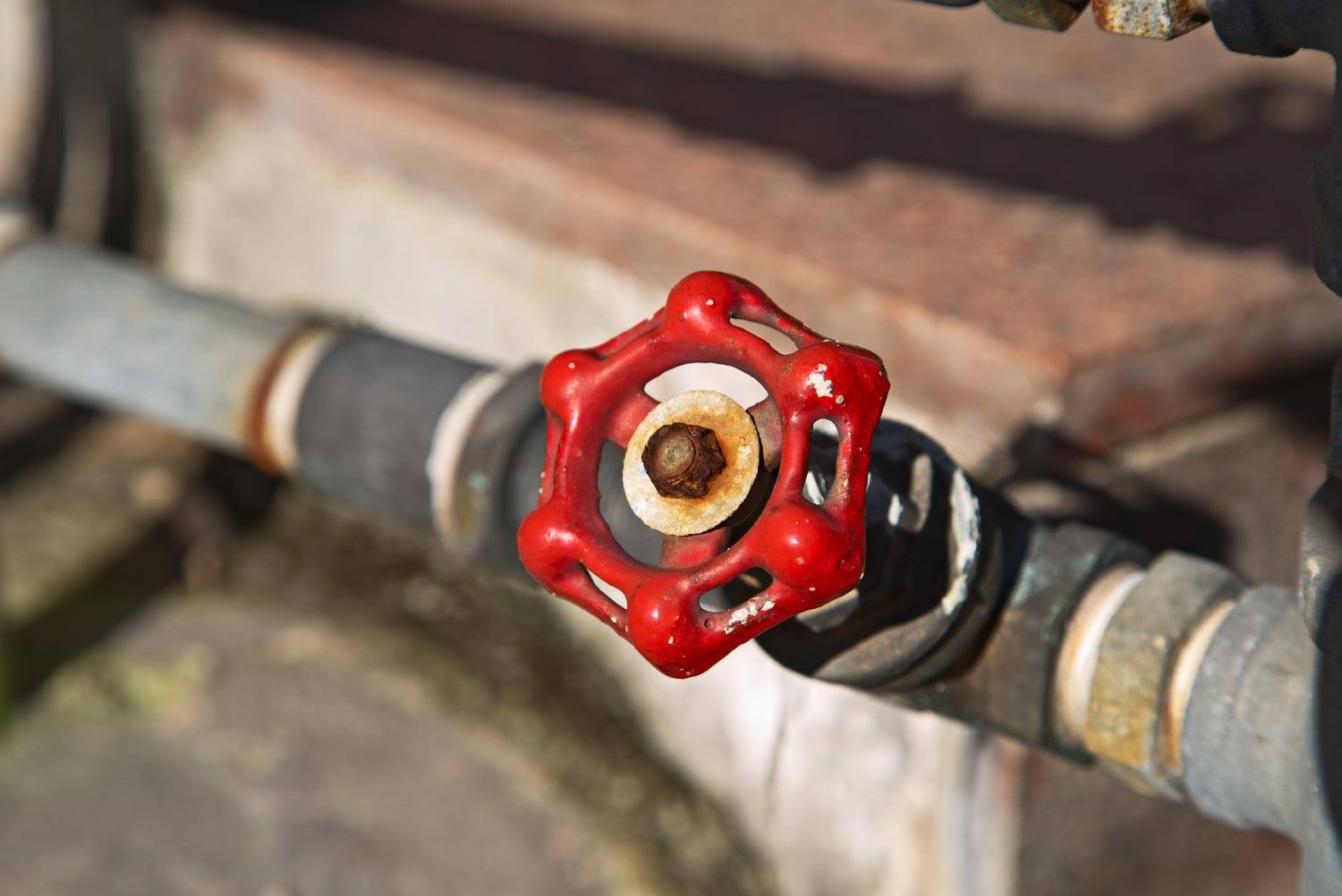
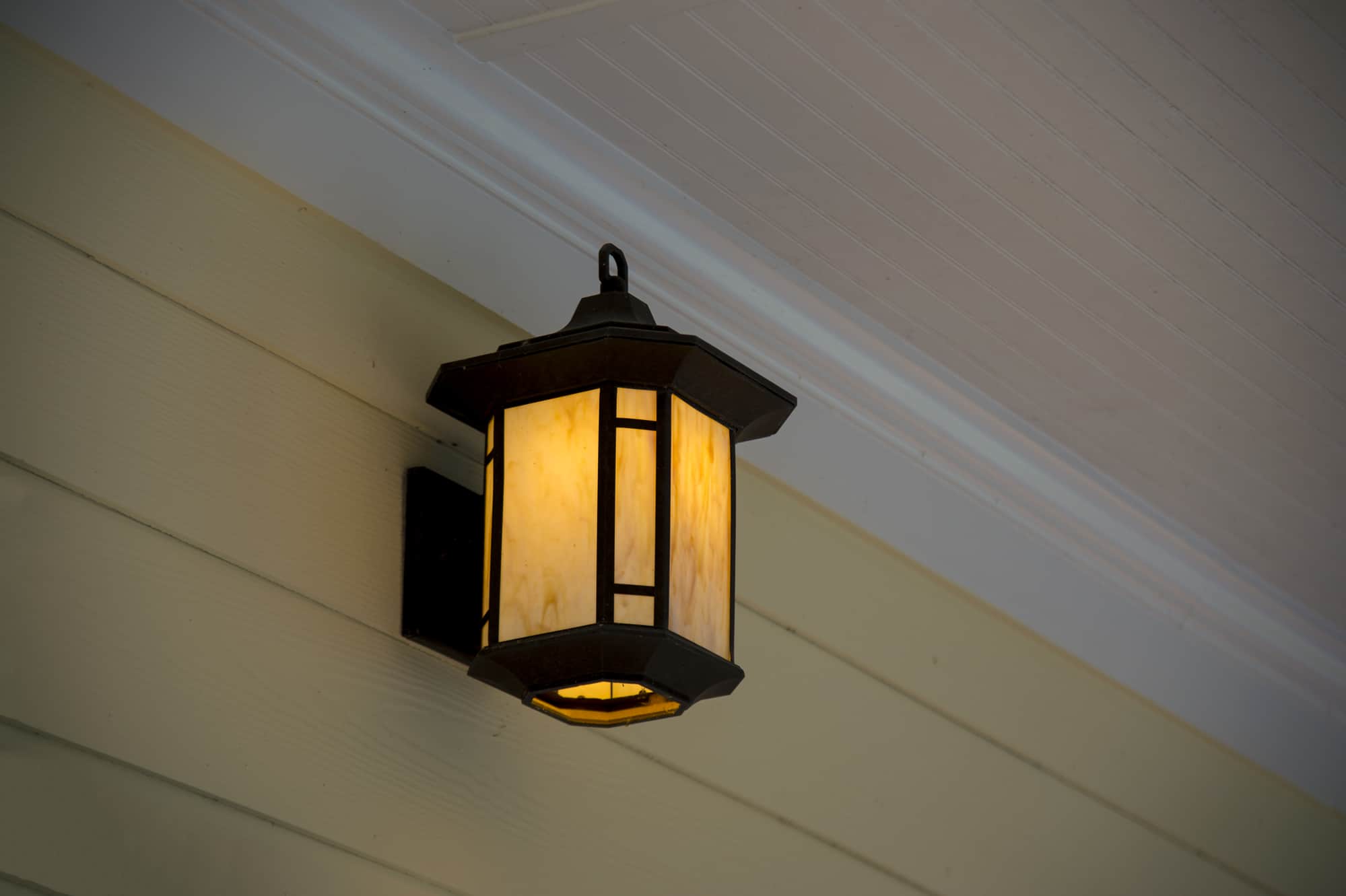
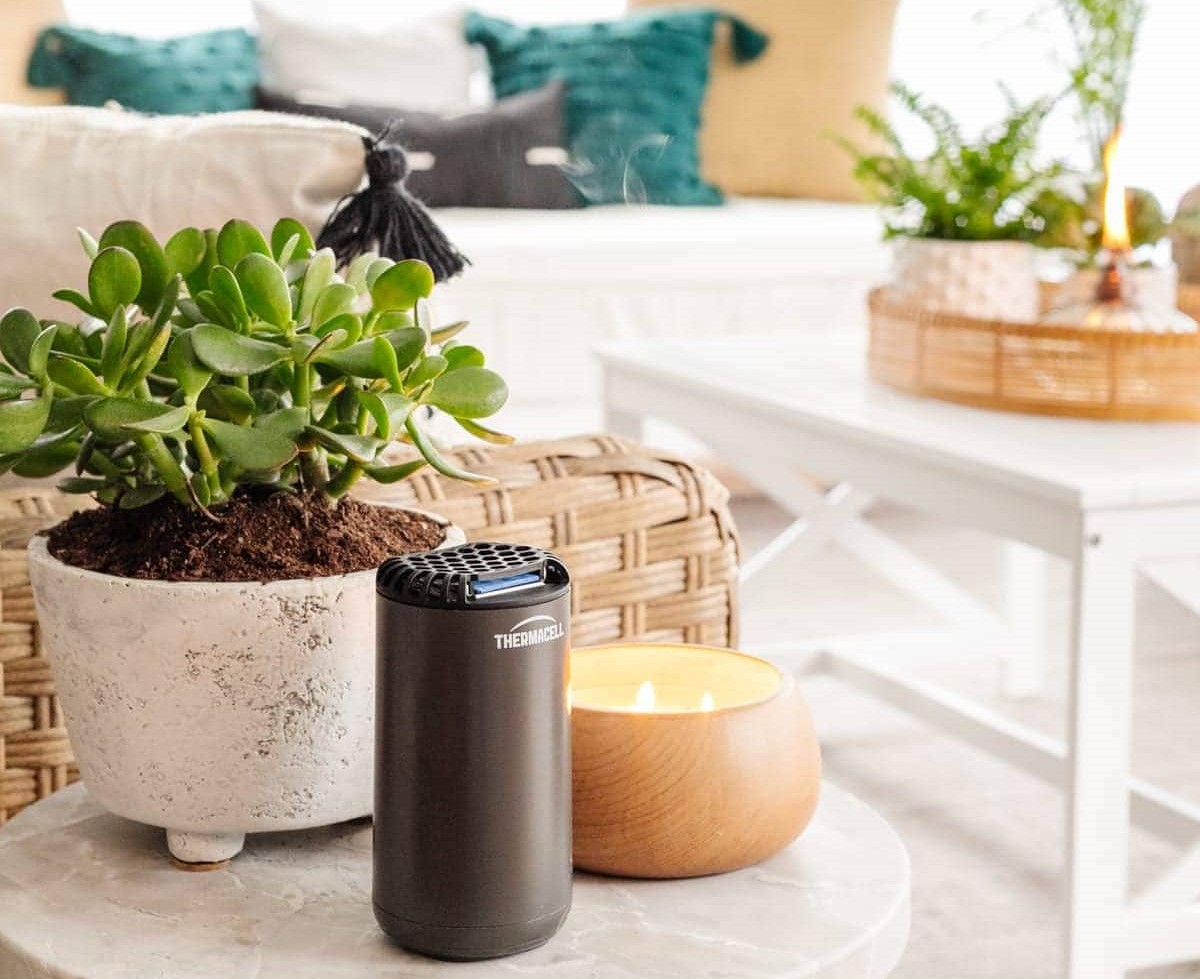

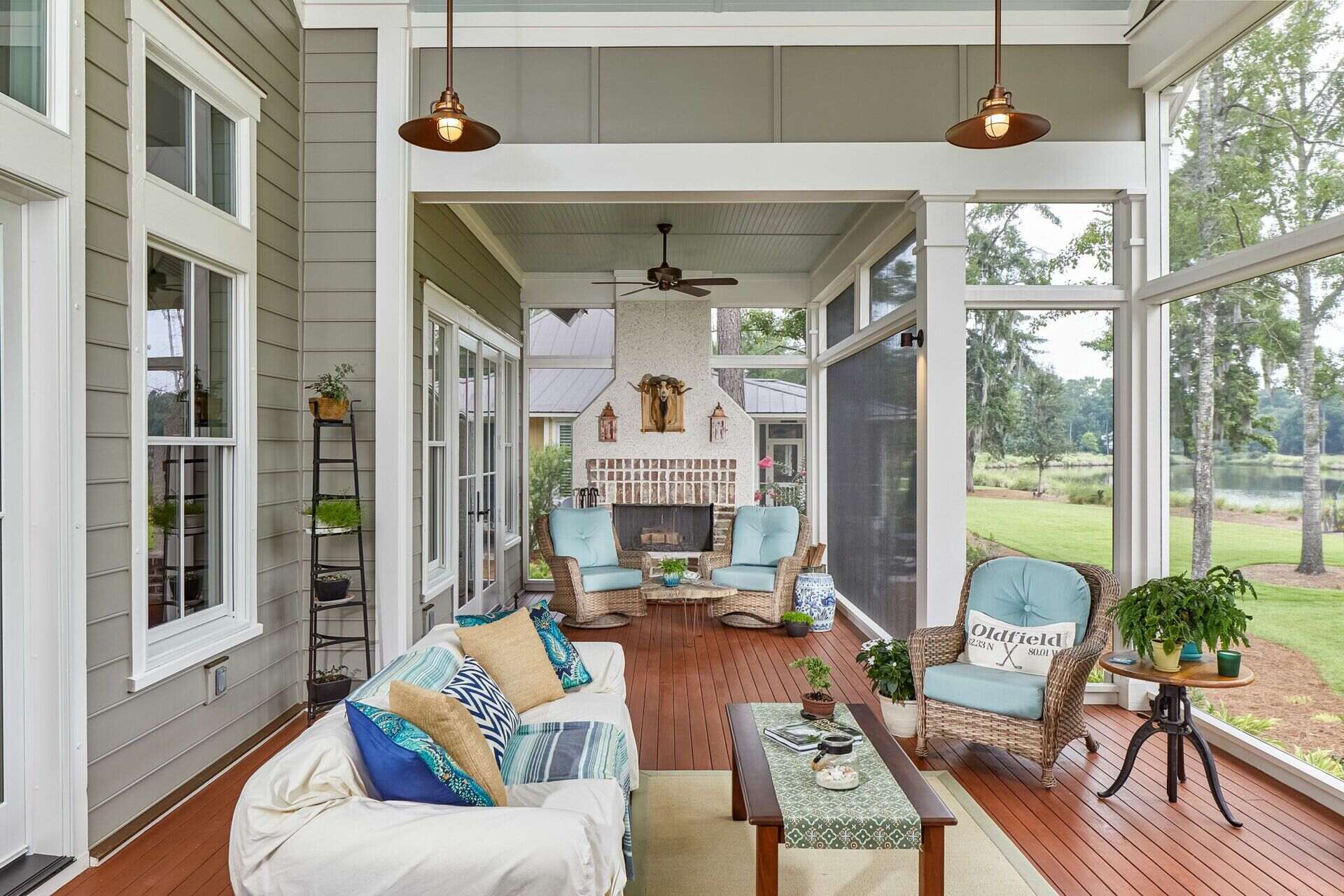

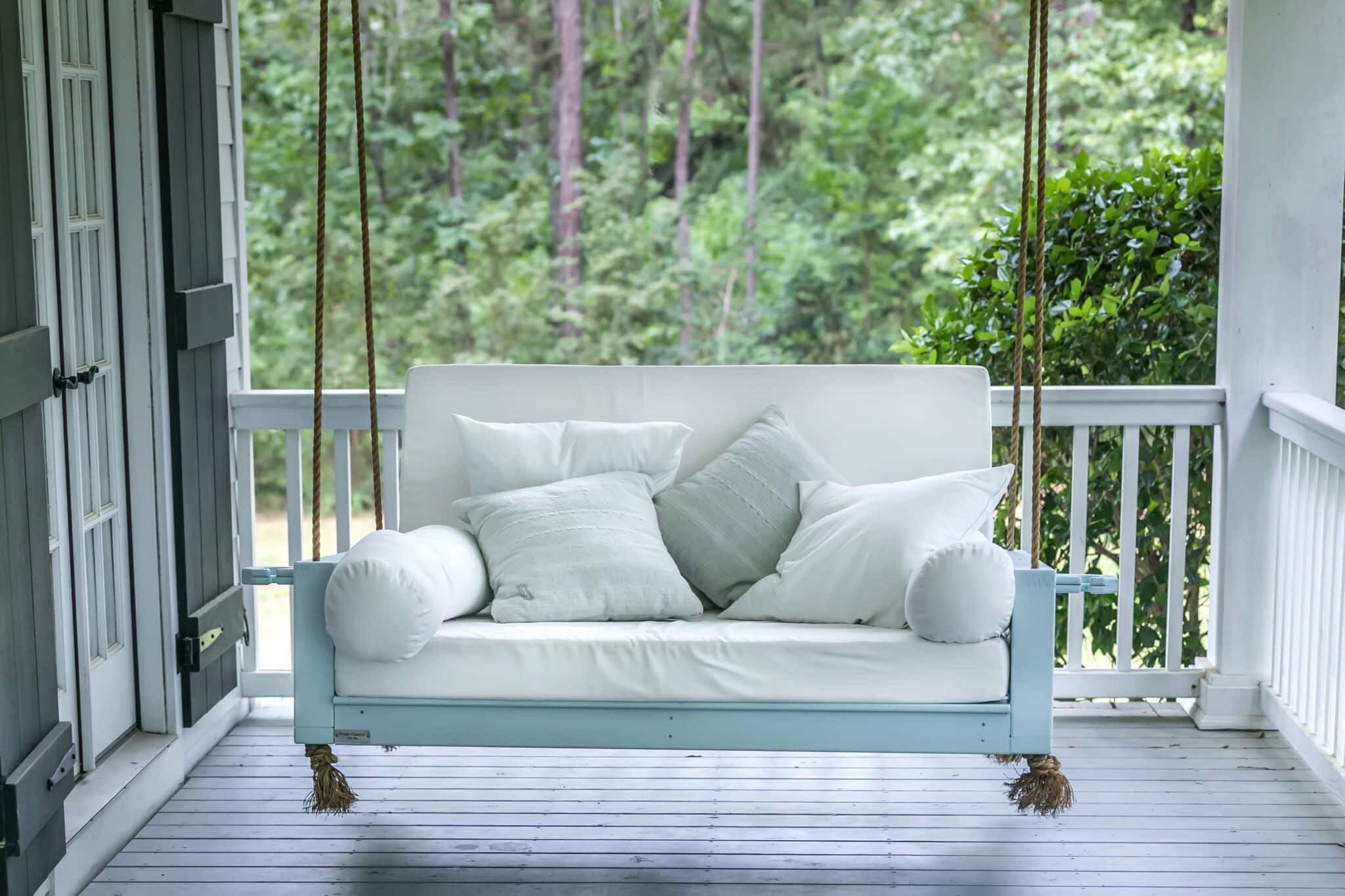
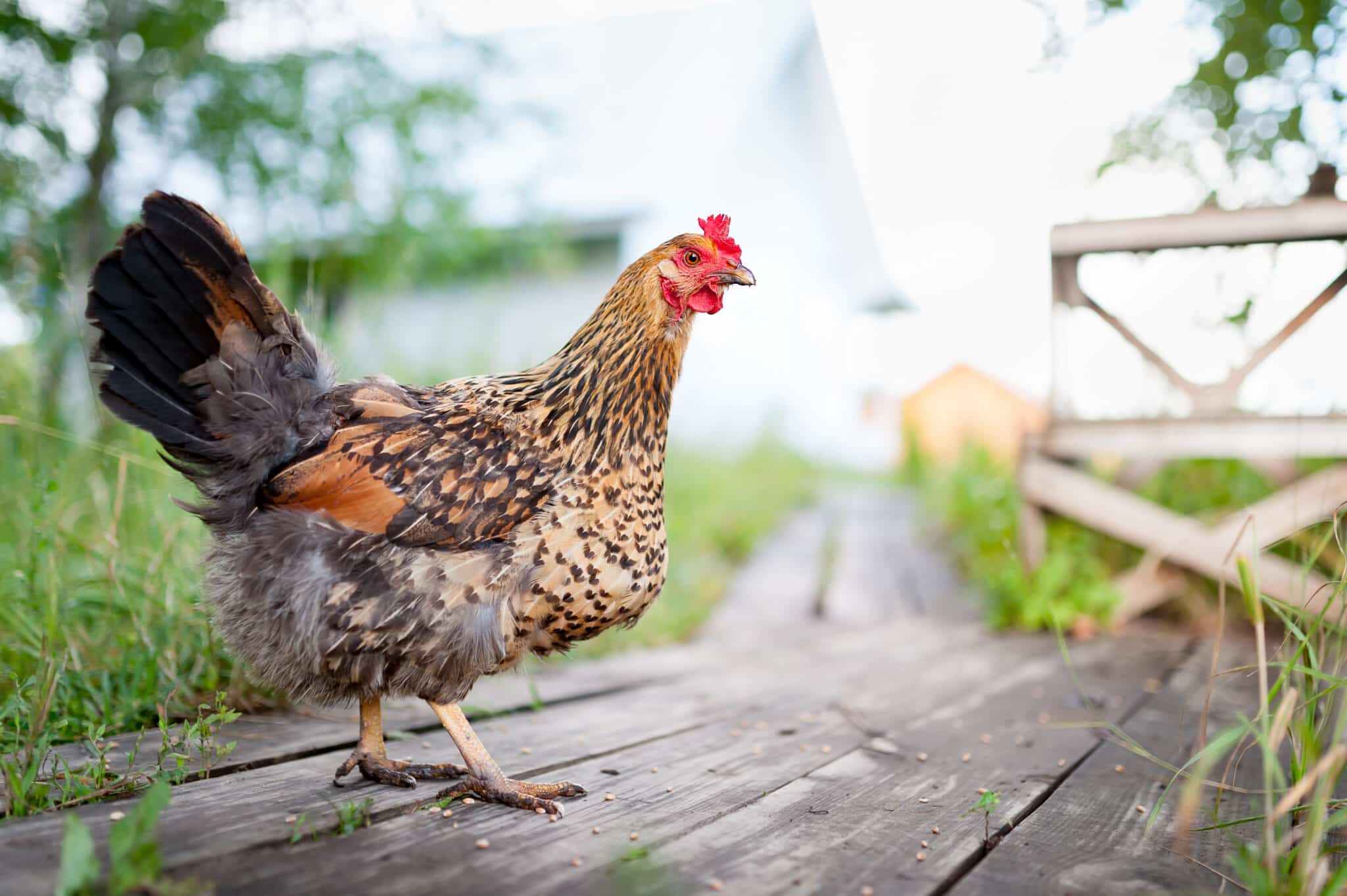
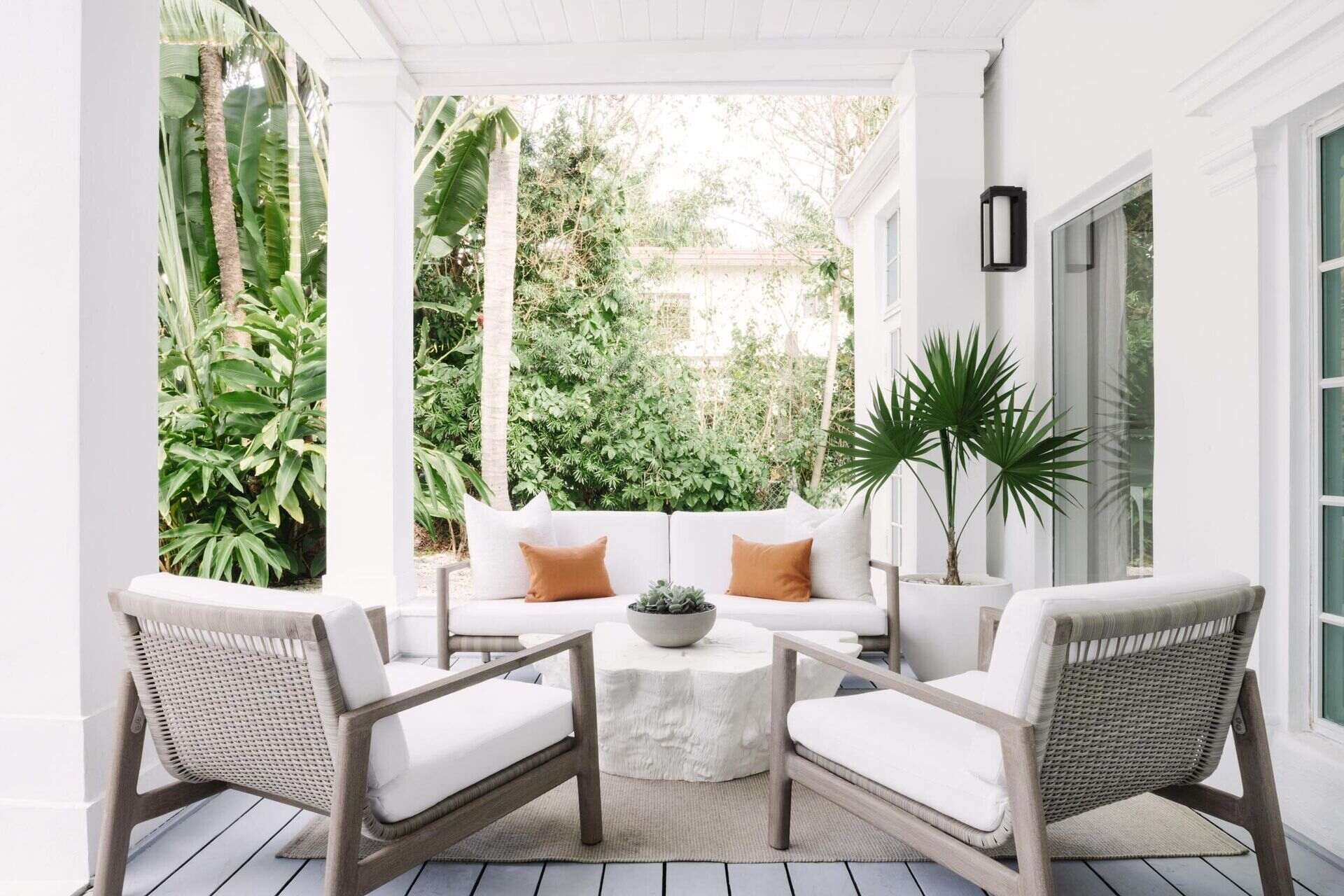

0 thoughts on “How To Design An Off-The-Grid House”